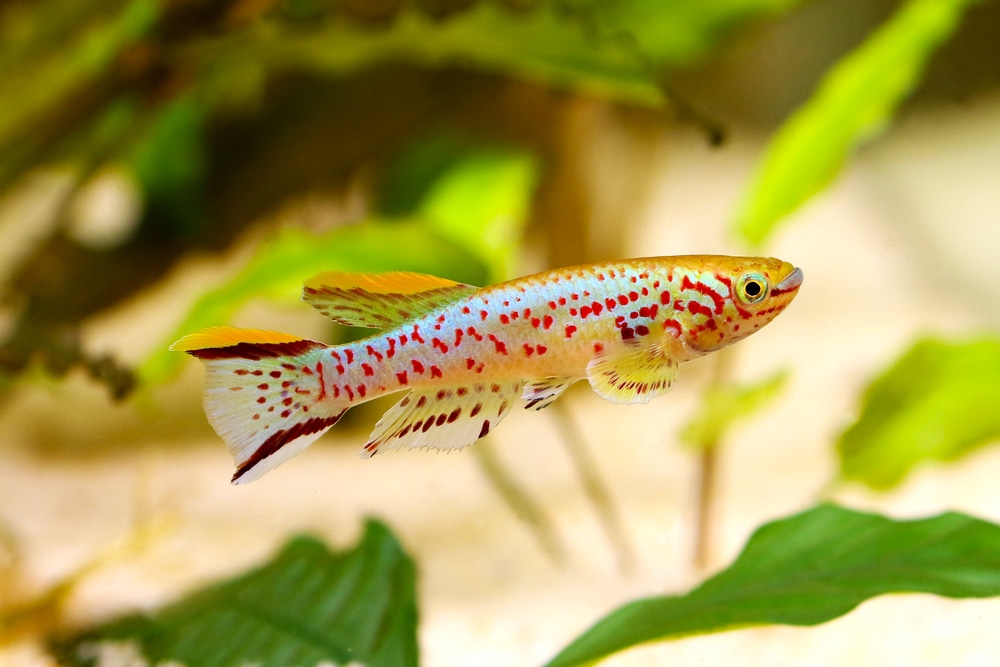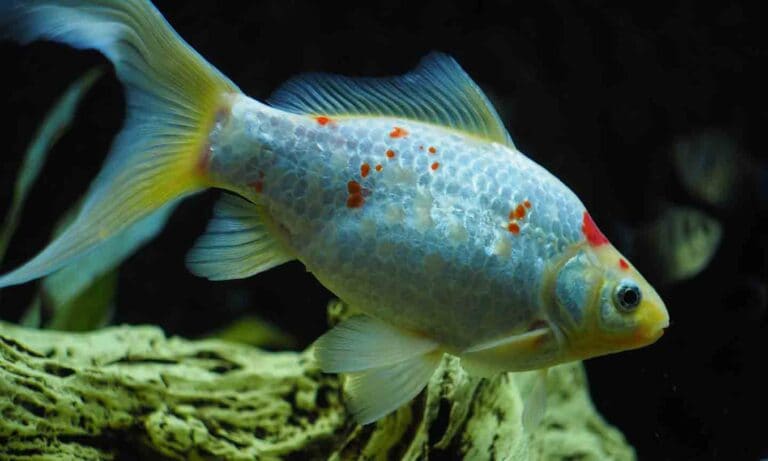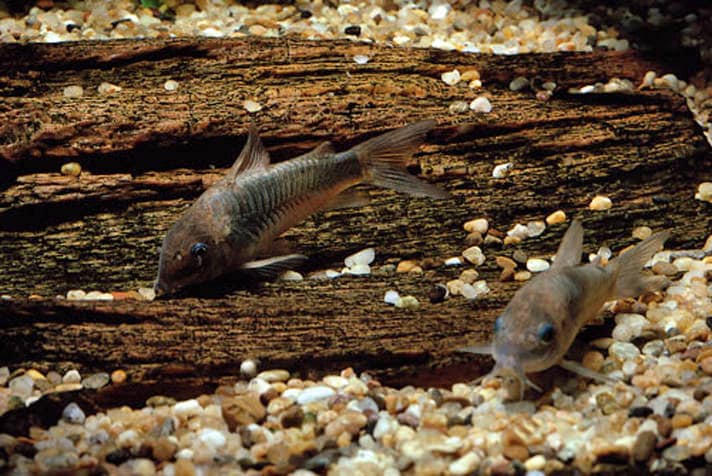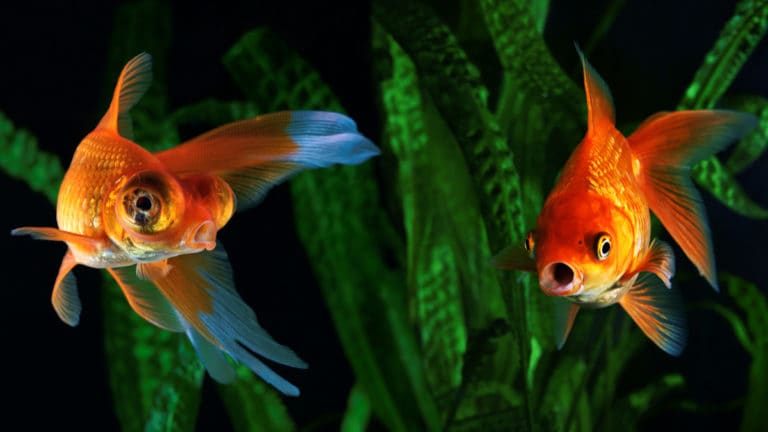Q.
I started up a new aquarium with two koi angelfish and two red-eye angelfish ranging in size from 1.5 to 3 inches. I tried feeding them both flakes and micro granules. It has been four days, and they are not taking to the food. Previous angelfish (striped) have taken that food for years. Is there a way to train them to accept granules, as we do travel for weeks at a time, and our automatic feeder’s openings do not clog with granules as they do with flakes? The pH is 6.8, temperature 77 degrees Fahrenheit, and it is a 25-gallon tank (84 inches by 20 inches by 5 inches).
A.
Those are two foods that most fish take to immediately. Still, if a fish isn’t used to a food, it may put up a fuss at first. Angelfish breeders often use a lot of live and frozen foods to grow their fish, so dry, prepared foods might seem a bit unfamiliar to a fish that hasn’t experienced them before — but don’t worry. They’ll figure it out when they get hungry enough.
I can offer some tips to help. First, put some other fish that already eat those types of foods in the same tank. The new fish will soon learn to copy. You can also try mixing it up by offering a bit of live, frozen or freeze-dried foods at the same time. It may help the fish recognize a new menu item as food.
You also need to consider whether the problem is the fish food or something else. The biggest cause of a drop in appetite is poor water quality. Your pH and temperature are all right, but you didn’t mention ammonia or nitrite levels. If these are high, they not only can cause a loss of appetite, they can make a fish sick enough to kill it. So whip out your test kits and see what those numbers are. Ammonia and nitrite should both be zero to be safe. In a new tank that is still cycling, those numbers can often be temporarily very high. They will be even higher if there is uneaten food decaying in the tank. Angelfish are more susceptible to high ammonia and nitrite levels than most fish. So I usually discourage them from being used to break in or cycle a new tank. Disease can also cause a loss of appetite. Hopefully, your angelfish are healthy, but keep an eye out for the onset of a disease that may not yet be displaying other symptoms.
Finally, something doesn’t compute about your aquarium. You said it was 25 gallons, but gave dimensions of 84 inches by 20 inches by 5 inches. That actually works out to 36 gallons, but it would be a weird 36 that is 5 inches wide. Is this a hang-on-the-wall, picture-frame tanks? If so, this is a particularly bad choice for territorial species, such as angelfish. These fish like to pick a section of the tank and guard it all around. A long, narrow tank is not conducive to allowing the fish to establish normal territories — though it won’t stop them completely. The design especially makes it hard for an angelfish to travel from one end of the tank to the other because there is no way to do it without crossing through the territories of others. In a normally shaped aquarium, a fish might sneak around the “back way” or through the plants in the background.
Novelty Aquariums
There are a lot of “novelty” (differently shaped) aquariums designed to appeal to people’s artistic nature. They look appealing, and they seem really cool. But remember to think about the fish and the ease of maintenance before considering any aquarium.
For example, a tall, very slim aquarium (much taller and thinner than, for example, a 20-gallon-high) provides little bottom area for territorial fish. How would you clean the tank? And how do you scrub algae 6 feet down? How do you catch a fish? How do you plant a plant? Also, fish are “happier” swimming from side to side and not up and down.
With coffee-table aquariums, you must run electrical chords or air lines across or underneath carpet. Condensation and splashes collected on the bottom of the top glass can obstruct your view. Even bubbles from air lines or rippling flow from filter outlets keep the water surface from being still and see-through. Also, the tank sits low, so it is hard to use a siphon.
Posted By: Chewy Editorial
Featured Image: Via Mirko Rosenau/Shutterstock
Share:









